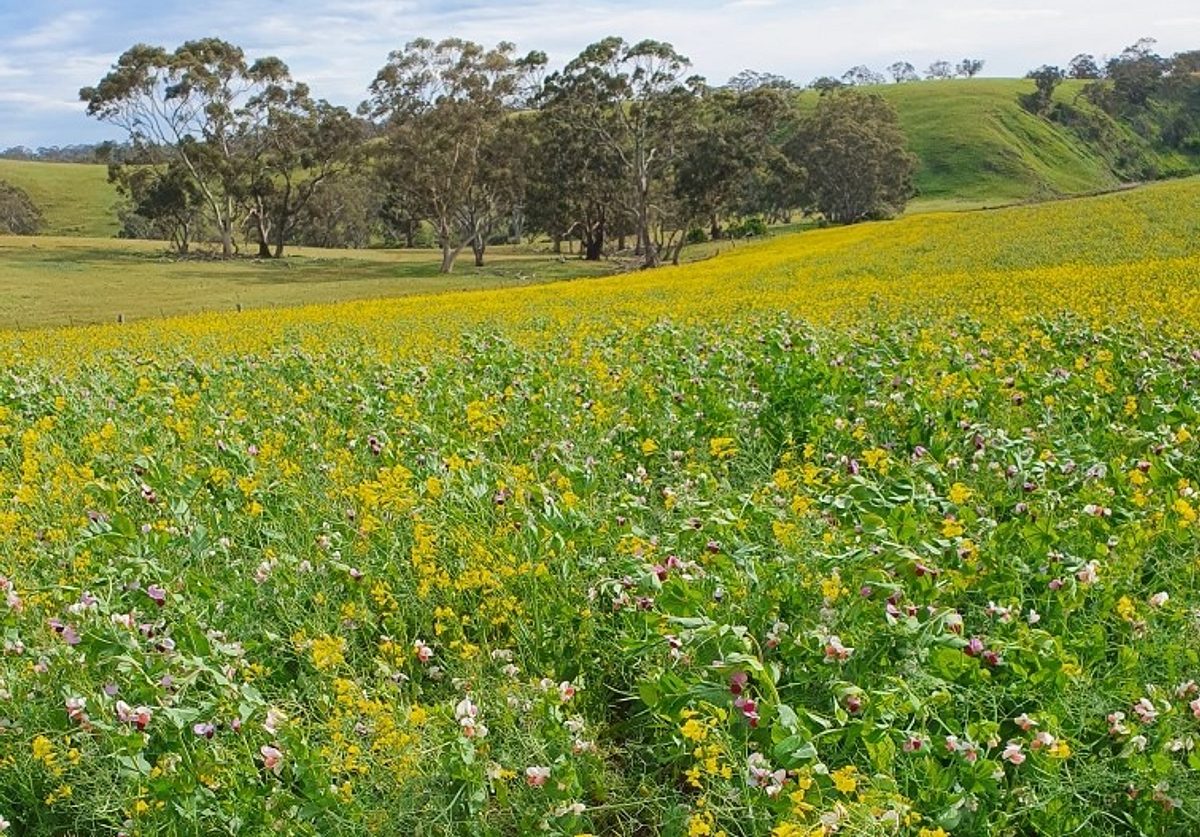Managing to enhance soil carbon
To build soil organic carbon, the supply of organic matter inputs, particularly legumes (through plant leaf and root residues and root exudates) must be greater than the loss of organic matter through microbial decomposition, leaching and erosion. Soil nutrients, particularly nitrogen, must also be in sufficient supply to aid sequestration of stable soil organic matter via microbial decomposition.
Increasing the clay content of sandy soils, through soil modification techniques such as clay spreading and delving, or inputs of composts/manures/biochars, may also have the potential to improve the amount of carbon held in the soil.
DEW soil carbon factsheets
DEW has worked closely with the Department of Primary Industries and Regions (PIRSA) to develop soil carbon factsheets that provide additional information about the connections between soil organic matter and soil function, and how land management can influence soil function. Check them out below:
Organic Matter and Soil Functions
Effects of management actions on soil function
Future challenges
Further research is required to fill significant knowledge gaps, provide a better understanding of the soils that have the greatest potential for carbon improvement, and establish the likely impact of a drying climate on long term soil carbon levels.
Find out more:
- Existing stocks of soil carbon (map)
- Soil Carbon Forward Plan for SA
- Schapel A, Reseigh J, Wurst M, Mallants D, Herrmann T. (2018) Offsetting greenhouse gas emissions through increasing soil organic carbon in SA clay-modified soils: knowledge gap analysis. Goyder Institute for Water Research
- Soil Carbon in SA - SA Ag Benchmark Analysis 1990-2007 Report
- Carbon sequestration from soils
- Soil modification
- GRDC Managing Soil Organic Matter – A practical Guide
- National Soil Package - DAFF



